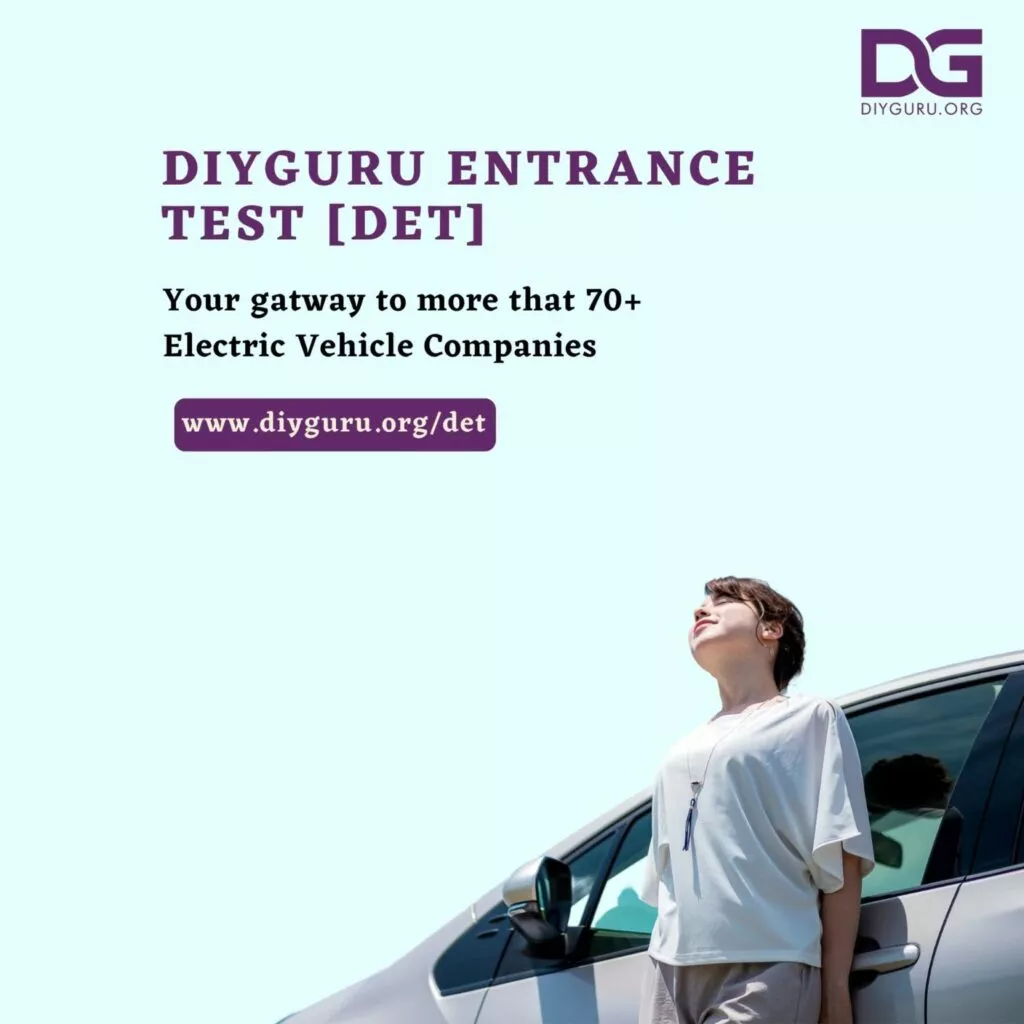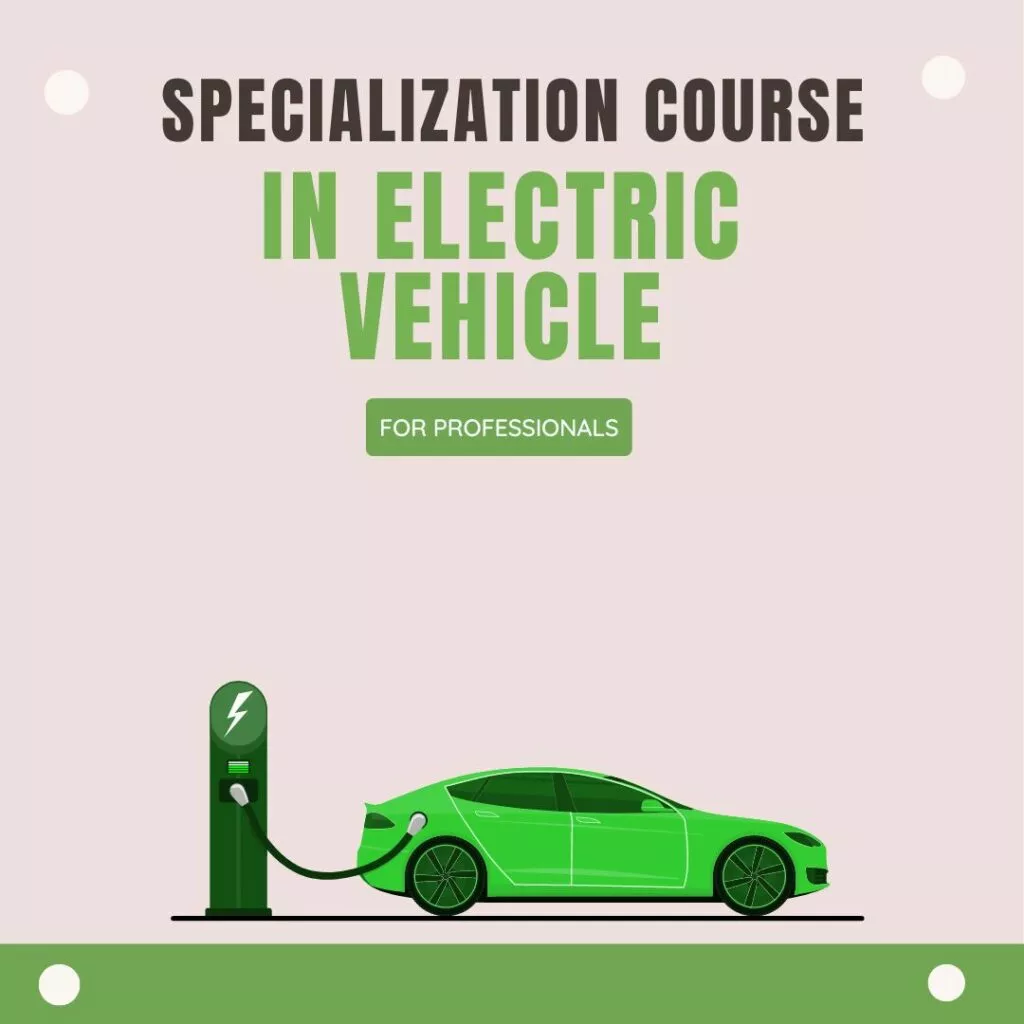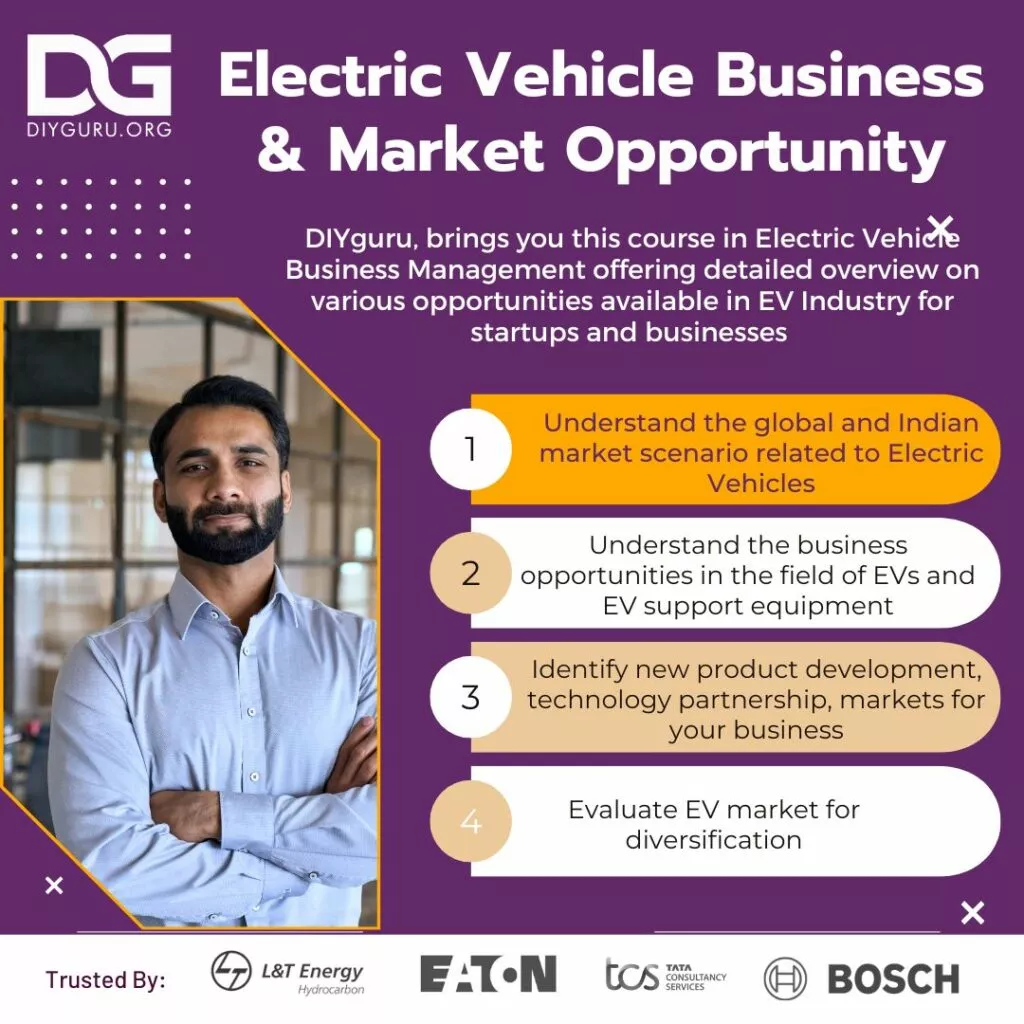
Even though electric vehicles are still a long way from being the most common mode of transportation in India, there has been a growing demand for them in the market. The transportation industry worldwide has the potential to grow as a result of electric vehicles. By 2030, the number of electric two-, three-, or four-wheeled vehicles will continue to rise. With expanding, research EVs can proceed as standard ordinary vehicles however quite difficult for the electric vehicle biological system is EV charging foundation. The rapid adoption of electric vehicles requires an adequate charging infrastructure. The low rate of EV adoption in India is due to a lack of charging infrastructure.
Challenges for the EV Charging Infrastructure in India
The country faces a number of difficulties, including a lack of robust electrical charging infrastructure, battery production capabilities, electricity consumption, charger compatibility, improper charging location, and high prices for electric vehicles, particularly four-wheelers. The development of the infrastructure for charging electric vehicles faces numerous obstacles. Let’s examine the reasons for the difficulty in establishing an infrastructure for EV charging. Costly Installation The installation of the EV charging station is quite expensive. There are a few requirements that must be met before the EV charging infrastructure can be set up. These include the right location, land, the right vendor, grid power stability, power transmission, a variety of charger types, cables, and other auxiliaries. The only way to make fast charging stations affordable is to increase their use, given the high cost of installing them. Because of this, the charging infrastructure ought to be set up for DC charging, which technology is more useful than AC charging. Even the government needs to invest in EV companies to help set up the charging infrastructure.
Multiple Types of Charging Connectors

The CCS (Combined Charging System), CHAdeMO, Bharat DC-001, and AC-001 connectors should all be installed in a single charging station so that customers can choose between fast and slow charging based on their needs and schedule. The EV needs to be able to handle both high voltage and current, or both. Therefore, for EVs, a combination of slow and fast chargers might be the best choice. More time should be reduced with the use of superchargers.
Location to Set up the EV Charging Station
To set up the Electric Vehicle charging station, the area of the charging station is a significant test. The design or location of the charging station should be such that it is easy to see, easy to get to, saves time, and the charging line can be kept to a minimum. In light of this, a prime location should be taken into consideration with features such as easy access, ample parking space, a convenient waiting area, etc. so that customers can take advantage of the best time to charge their electric vehicles
Technical Safety at EV charging stations
The installation of EV charging stations necessitates specialized technical safety measures. Voltage vacillations, over current, recurrence crisscross, and ground issue are main pressing issues. Stabilizers, proximity sensors, and control pilot sensors must be integrated to prevent voltage fluctuations. Otherwise, it might harm the costly parts. Many problems, such as power issues, heat dissipation, grounding, and voltage measurement, can be resolved by correctly designing some hardware components.
Software Related Challenges
One of the most crucial tasks is determining whether or not there is a charging slot available; developing such software is very helpful in this regard because it simplifies life and saves time. Let’s take the leading EV charging station manufacturer in India as an illustration: India for Fortum. It is a leading provider of EV charging services that provides drivers of electric vehicles and businesses with charging options that are safe, reliable, and simple to use. They have fostered an application in light of ongoing information called Fortum charge and drive. The user of an electric vehicle can use it to manage their payments, get in touch with customer service, find chargers, start and stop charging, view their charging history, and manage their fleet. The good news is that the Central Government and State Governments are taking a lot of steps to make India a nation of 100% electric vehicles by 2030. With such promising policy steps and major private sector automakers adopting a green strategy, we can expect a rapid change in our vehicles in the coming years.

















